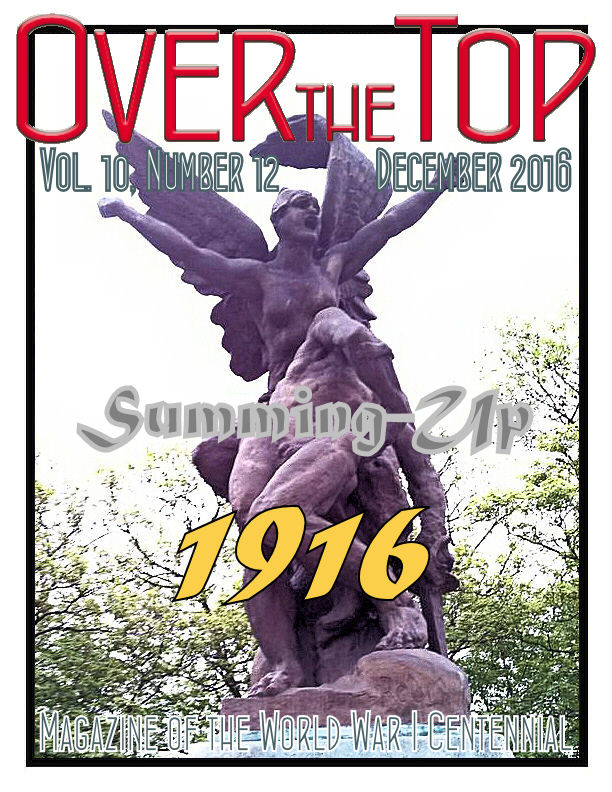
December
2016 |
 |
|
|


A Personal Centennial Memory
A WWI Centennial event of personal interest almost slipped by me in November. The 22nd of the month had some notable deaths to remember, Jack Kennedy and C.S. Lewis, for example. But it was also the 100th anniversary of the demise in Glen Ellen, California, of oyster pirate, gold miner, "Sailor on Horseback," and the world's best-selling author of his age, Jack London. He was also an outstanding reporter and war correspondent. His accounts of the battle between Jack Johnson and Great White Hope Jim Jeffries, the San Francisco earthquake and fire, and the Russo-Japanese War are still fresh and exciting to read today, although not at all recommended for the politically correct in spirit.
My personal interest in London, and the reading of most of his major works, was started by my father, who became a fan of his writings after selling him a copy of the San Francisco Call one day. I, of course, moved on to other interests as time went by and eventually discovered the endlessly interesting First World War. In 1997, I came across some mention of London and his wife, Charmian, at Vera Cruz in 1914 on the eve of the Great War during the American military mission there. I remembered, then, that he had lived through most of 1916 and something clicked for me. "What was the world's most famous war correspondent up to during the first two years of the greatest war in history," I asked myself.
Over several months I followed up on this and found some interesting details about the Jack London-Great War connection. The late Mike Iavarone, founder of Trenches on the Web, offered to publish it and I was happy to turn it over to him. Mike has since passed on, and I've become the caretaker for his Trenches. There it sits to this day, the first article I ever wrote about the First World War. When I reread it, my presentation of the material seems a little crude, but thanks to Jack's quotes, it still surprises and has some bite.
Because Jack London has an international following, I still get emails about the article. Once, I was invited to give a paper at a literary conference in Paris on the topic, but no airplane ticket was forthcoming. If you're interested in the article it can be found at its home HERE.
MH

|
2017
League of WWI Aviation Historians — Mid-Atlantic Chapter Meeting
Saturday — 14 January 2017, 10 a.m.-5:30 p.m. at the
National Air and Space Museum's Steven F. Udvar-Hazy Center on the Hangar Floor Level. Topics include the Red Baron's first command, bombing campaigns 1916, Navy/Marine Corps Northern Bombing Group, and a preview of the new Lafayette Escadrille documentary. EMAIL
|
|
All the Best
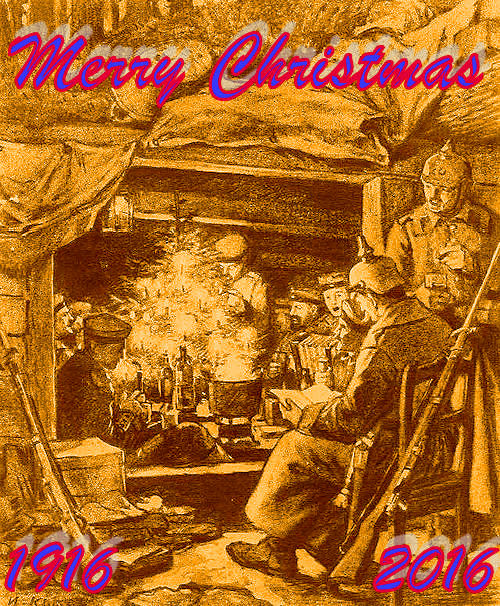
For the Holiday Season

Not the Christmas Truce
There are many inspiring and moving Christmas Time stories associated with the war that are not connected with the famous 1914 Truce. Here are some you might enjoy.
 1915 in the Trenches
1915 in the Trenches
 Western Front Christmas, 1915 (Video)
Western Front Christmas, 1915 (Video)
 A Christmas Prayer (From the Trenches) by Cyril Winterbotham
A Christmas Prayer (From the Trenches) by Cyril Winterbotham
 Christmas for East Sussex Soldiers and Civilians
Christmas for East Sussex Soldiers and Civilians
 WW1 Christmas Postcards
WW1 Christmas Postcards
 Shortages and Christmas Food on the Homefront
Shortages and Christmas Food on the Homefront
 Christmas in the trenches Ė Czech soldiers in WW1
Christmas in the trenches Ė Czech soldiers in WW1

Christmas Truces After 1914?
Yes, there were Christmas truces after the famous 1914 event. German and Russian soldiers were photographed together celebrating the holiday season on the Eastern Front. In Italy in both 1916 and 1917, there were so many episodes of gift exchanges between Italian and Austro-Hungarian troops ó chocolate or bread for tobacco, apples for religious medallions ó that by 1918 the Italian Army had imposed a death sentence on fraternizers. Luckily, the war's end precluded testing that regulation.

Christmas at the Dardanelles
Christmas time on the island was happy. The boys hung up their socks, and I had to sneak round at 3 am and fill them with toys and sweets. Two men saw me and said
Father Christmas had a white cap and gown on. There was great excitement in the morning.
Sister Evelyn Davies
3rd Australian Gen. Hospital, Lemnos, 1915
A Centennial Farewell
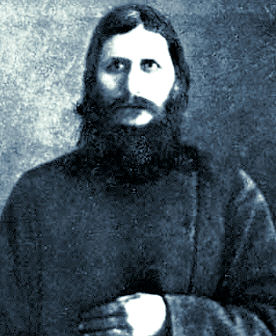
Gregorii Rasputin, Monk, Healer and Confidant to the
Imperial Family; Murdered, 30 December 1916
|

|

U.S. Centennial Organizations & Resources
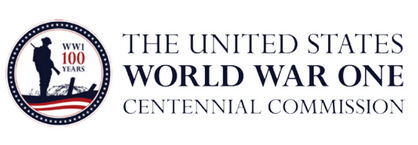
worldwar-1centennial.org/
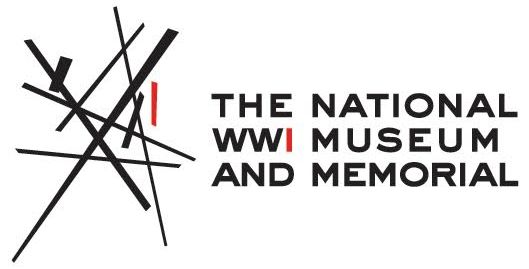
theworldwar.org/
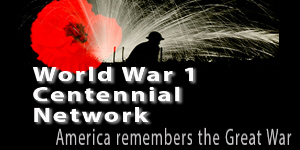
www.ww1-centennial.org/
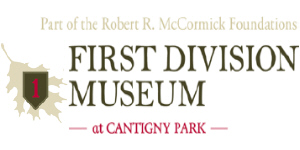
www.firstdivisionmuseum.org/

www.abmc.gov/
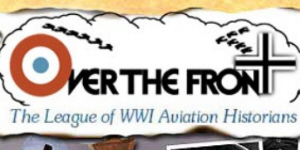
www.overthefront.com/
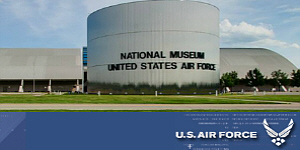
www.nationalmuseum.af.mil/
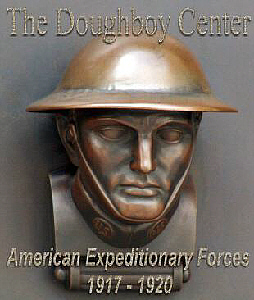
www.worldwar1.com/dbc/
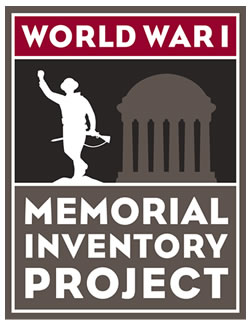
facebook.com/wwiinventory

wisconsinhistory.org/
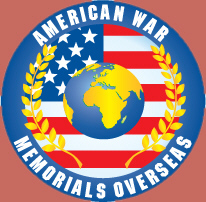
www.uswarmemorials.org/
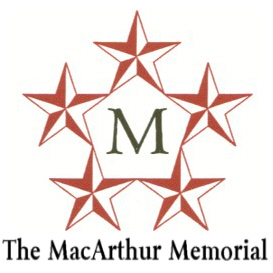
www.macarthurmemorial.org/

www.saving-hallowed-ground.org/
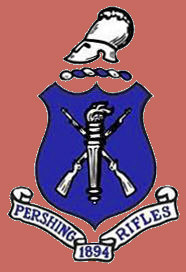
www.theprgroup.org/

pamilmuseum.org/
Support Worldwar1.com's Centennial Effort
Shop at Amazon.com
|
The Centennial Ticker
Happy 10th Birthday to the
National World War One Museum and Memorial
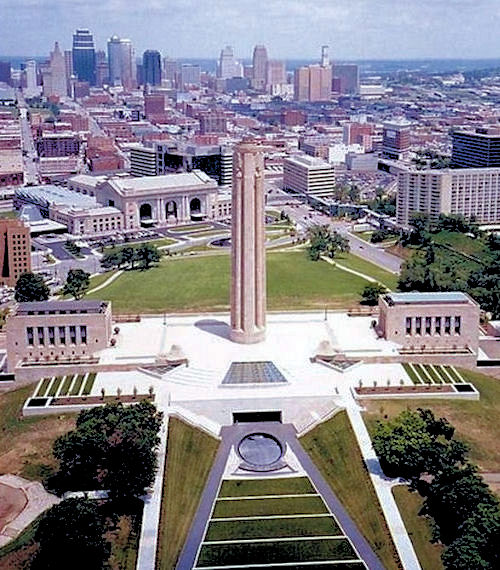
At the Spectacular Liberty Memorial, Kansas City, MO
Worldwar1.com wants to congratulate the National World War I Museum and Memorial, at Kansas City, MO, on its birthday. Mike Vietti of the museum has provided us with a brief history of the evolution of what has now become a national treasure for Americans.
The origin of the Museum is an early 20th century example of crowd sourcing. Soon after World War I ended, Kansas City leaders joined in efforts to create a lasting monument to the men and women who had served in the war. In 1919, more than $2.5 million was raised in just ten days. The equivalent of approximately $34 million today, this staggering accomplishment reflected the passion of public sentiment for the Great War that had dramatically changed the world.
In 1921 more than 100,000 people gathered to see the supreme Allied commanders dedicate the site of the Liberty Memorial. This was the first time in history these five leaders were together in one place. Following a national architecture competition, construction began in 1924.
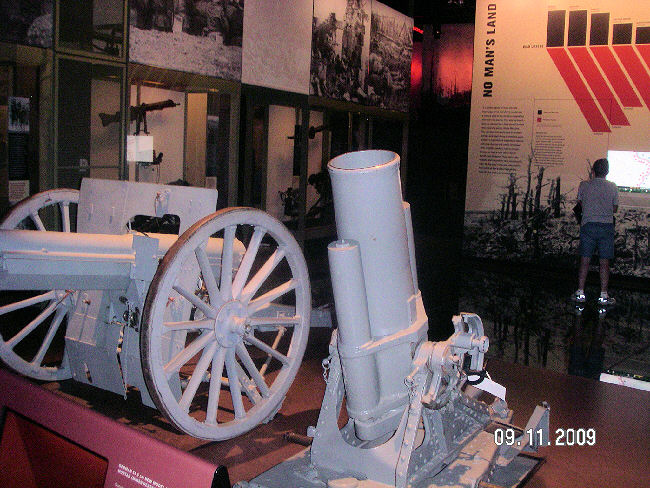
The Collection Includes All the Traditional Resources of a Military Museum: Weapons, Equipment, Uniforms, and Regalia
In 1926, the completed Museum and Memorial, one of the largest war memorials in the world featuring a 217-foot-tall Tower, was dedicated in front of a crowd by 150,000 people by U.S. president Calvin Coolidge Ė the largest crowd a U.S. president had addressed to that time.
In 1998, area residents once again responded to a call to duty and raised more than $102 million for renovations and an expansion of the museum, including support from the City of Kansas City, the State of Missouri, the United States government and generous individual donors.
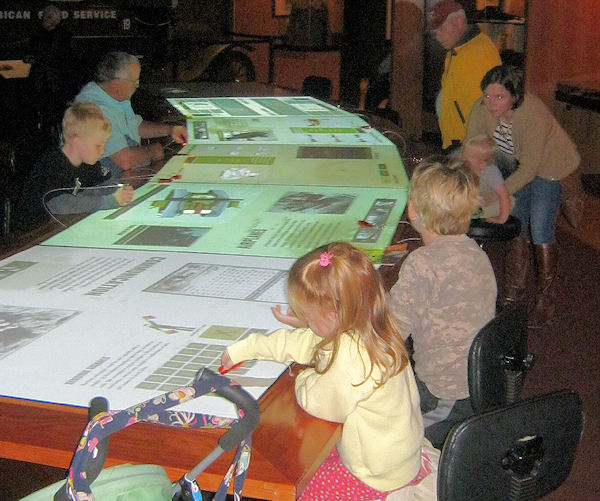
The Museum Also Takes Advantage of New Technologies to Allow Visitors, Including the Very Young, to Experience History First-Hand
In 2004, the Museum was designated by Congress as the nation's official World War I Museum, and construction started on a new 80,000-square-foot, state-of-the-art museum and the Edward Jones Research Center underneath the Liberty Memorial.
The Liberty Memorial was designated a National Historic Landmark on 20 September 2006, recognizing the monument as a nationally significant historic property. It is a distinction given to fewer than 40 historic properties in Missouri and slightly more than 2,500 in the United States.
In 2014, the Museum and Memorial received a second designation from Congress, effectively recognizing the Museum and Liberty Memorial as the National World War I Museum and Memorial.
Congratulations to all of those who worked so hard to make the National World War I Museum and Memorial a remarkable success.
Former Defense Secretary Leon Panetta Makes the Case for the National WWI Memorial
There is an effort under way by the U.S. World War I Centennial Commission to create a national memorial to the American veterans of World War I in Washington, DC, I firmly support this effort. World War I is the only great war of the 20th century that doesnít have a national memorial in the nationís capital. That, in itself, makes it important enough for us to do everything possible to make this a reality.
But this memorial is important for a number of other reasons.
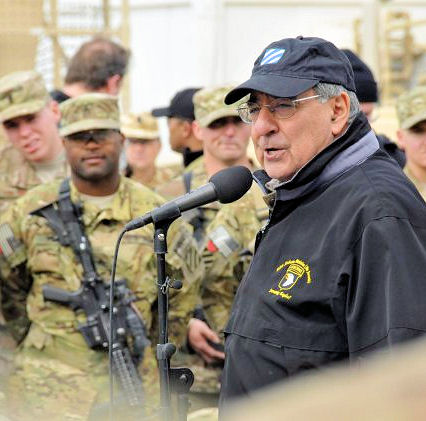
Defense Secretary Panetta
Addresses U.S. Forces
in Afghanistan, 2012 |
First, we have to honor those, and the memory of those, who served our country. World War I involved 5 million men and women who came together in uniform, including 2 million who went overseas and 116,516 who died in the war. We need to take the time to remember their brave sacrifices.
Second, itís important that we remember that World War I was really what brought America to the role of world leadership. World War I was the first time the U.S. engaged with the rest of the world and provided the leadership necessary for the rest of the world to unify to confront a common enemy. We continue to bear the responsibility of world leadership today. The reality is that if the U.S. doesnít provide leadership in a very troubled world, no one else will. And so, it was World War I that brought America onto the world stage, creating a role we continue to play.
Third, itís very important that this National World War I Memorial be a reminder for the lessons we need to learn from that war. Many of the worldís flashpoints in 1914 are similar to the flashpoints we confront today: terrorism, nationalism, territorial disputes, fragile alliances. World leadership that wasnít quite able to see what those threats were really about, or how to deal with them in a way that would prevent a world war from happening.
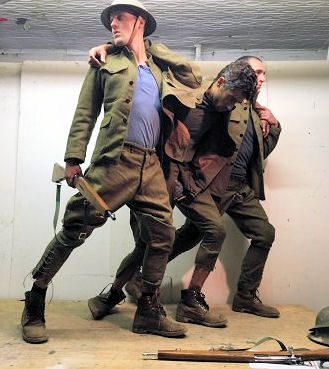
Studio Models for
One of the Sculptures
for the New Memorial |
Finally, I support this memorial for personal reasons. My father fought in World War I, in the Italian army. He used to tell me what it was like in those conflicts, and how brutal it was at that time. He fought in the Piave Valley, and was wounded in that battle. To hear him tell of his experiences, and to remember what kind of sacrifices he made, had a tremendous impact on me during my service in the U.S. Army. A generation later, my son served in Afghanistan as a member of U.S. special forces. He, too, carried that memory. Itís important that families remember those personal sacrifices.
We need to have people in this country understand what war is all about. We forget too quickly. There are people who donít even remember 9/11, much less World War I. We canít afford to forget those conflicts. We canít forget the people who fought them. We canít afford to forget their lessons. If we are to make the right decisions in the future, we better damn well understand the past.
Editor's Comment — Well said, Mr. Panetta. If you would like to learn more about America's World War One Memorial and make a contribution towards its completion, visit here: www.ww1cc.org/memorial
|
|

18 December 1916
After 302 Days the Battle of the Verdun Ends
With both sides utterly exhausted, the Battle of Verdun, the longest struggle of the Great War, ended on 18 December 1916. The last attack of the battle's most memorable aspect was the hard-fought recapture of the tiny, but symbolic, village of Bezonvaux.
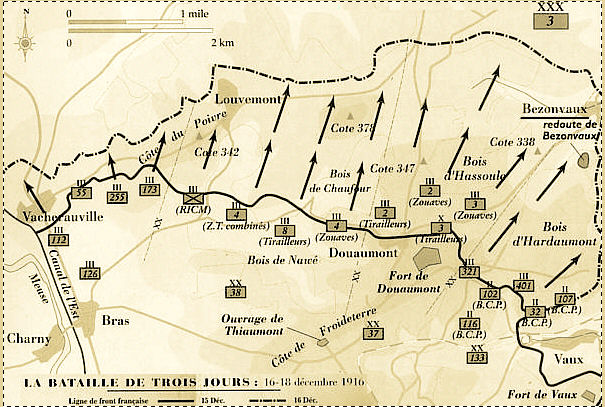
Final Attack: Launched 15 December 1916
Bezonvaux, with a population of 149 in February 1916, was located a mile northeast of Fort Douaumont. A redoubt bearing the same name as the village was located a quarter mile to its south. Caught between the main German attack from the north aiming at Douaumont and the French strategic withdrawal from the Woövre Plain to the east, the village and redoubt could not be held. They were finally abandoned by retreating French forces on 25 February 1916. Afterward, shelling gradually wiped out the village completely.
The success of General Mangin's re-capture of Forts Douaumont and Vaux in October and early November left German forces still holding territory they had captured early in the battle. This led Mangin and his superior, General Nivelle, to contemplate repeating the attack on a front approximately ten kilometers long from Vacherauville near the Meuse River, east to Eix with the limited objective of capturing this area. The date chosen was 15 December 1916. On 10 December the French began a preliminary artillery barrage to soften up the German positions. At 10 a.m. on 15 December, French troops stormed the German lines. Four of the French Army's best divisions took part in the assault. Three regiments of the 37 Division d'infanterie (DI) left Fort Douaumont pushing east, advancing all day long through snow, mud, and barbed wire networks toward the Bezonvaux. Many of the soldiers ended up with frostbite. The attack on the village commenced at 2 a.m. on the 16th. Despite a French artillery error and heavy German shelling, the French completely rid Bezonvaux of its previous occupiers. However, they could not advance any farther. The Battle of Verdun was over. The front in this sector remained stable for the next two years, when American units would liberate the Meuse Heights just to the north at the very end of the war.
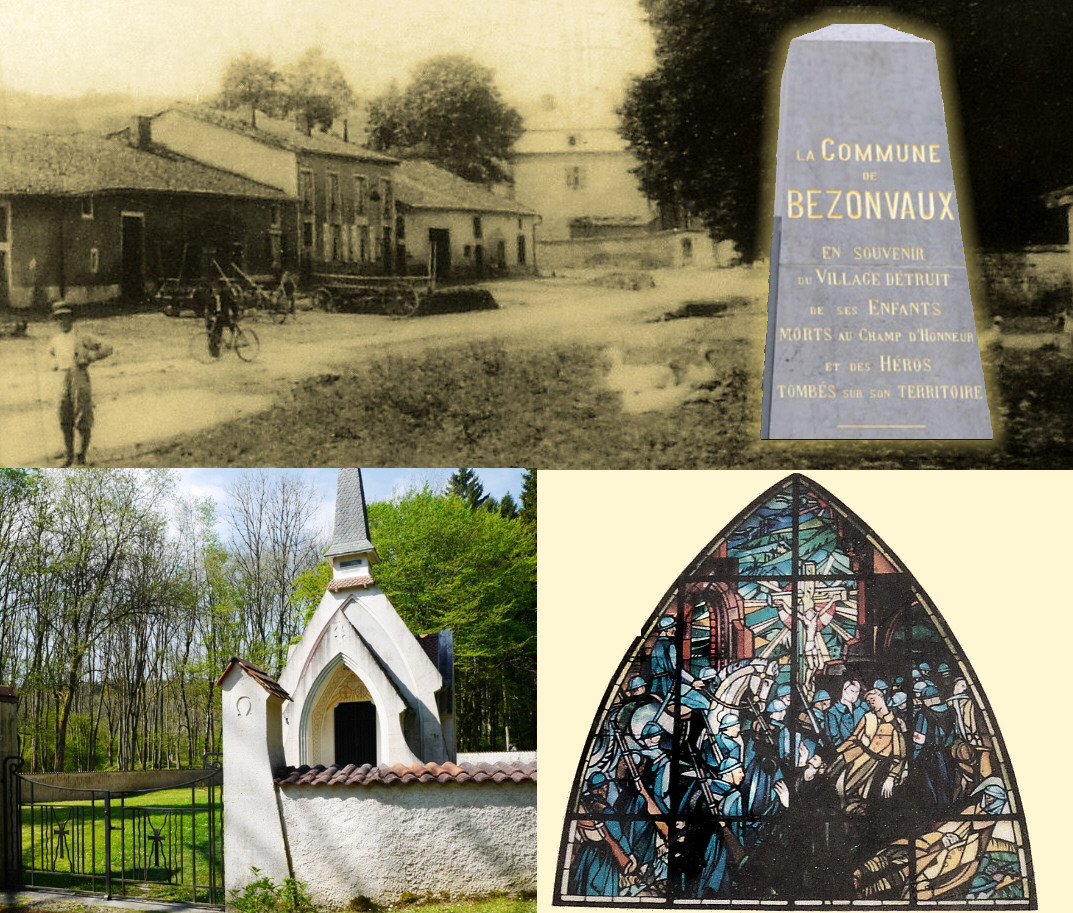
Clockwise: Prewar Bezonvaux, Memorial Marker, Stained Glass Window, Chapel
Today, Bezonvaux is one of nine Villages Détruits (Destroyed) on the Verdun battlefield and one of the six that has never been rebuilt. These are ghost villages, communities that laid down their lives for France, moving memorials thanks to the chapels and commemorative monuments erected after the end of the war. Bezonvaux and her sisters are managed by a municipal council of three members appointed by the prefect of the Meuse department. Annual commemorative services are held at each of the villages.
The site today still shows signs of the wartime damage. Commemorating the events of 1916 are the marker and the chapel shown above. The Bezonvaux memorial chapel's stained glass window immortalizes 16 December 1916, showing troops wearing both the horizon blue uniforms of metropolitan France and the khaki worn by colonial forces.
Sources: The French Ministry of Defense
|
|

Our 2018 AEF: Pershing's Doughboys Tour
AND
Now Accepting Bookings for Our 2017 Flanders & Caporetto Centennial Tours
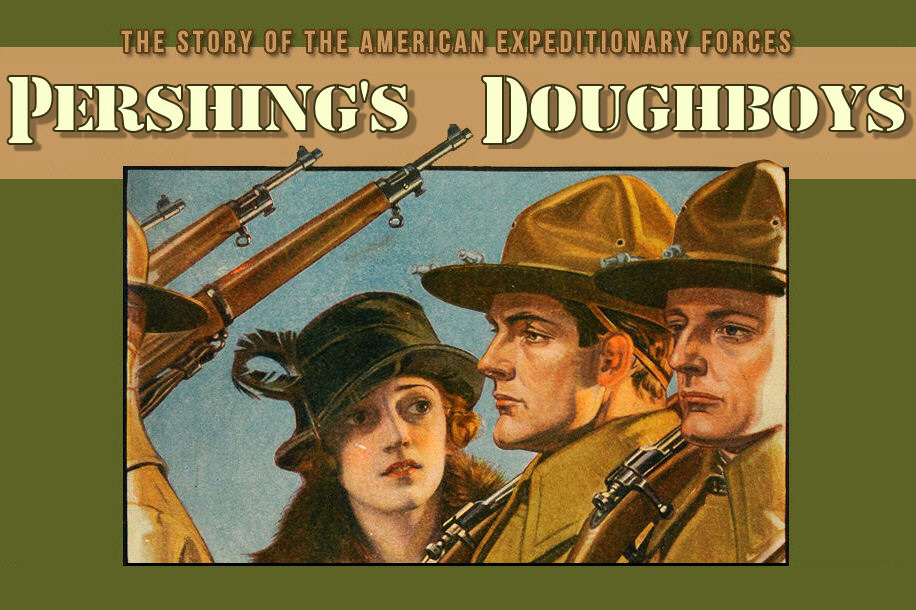
1918—2018 AEF: Pershing's Doughboys Centennial
Valor Tours is happy to announce its 2018 AEF: Pershing's Doughboys Centennial Tour. We will be visiting all the major battlefields, memorials, and cemeteries of the Doughboys in France and Flanders. It's also designed to help families visit the sites where their members served on the Western Front. We will take you to your their relative went over the top and help organize a commemorative event in their memory.
7 – 17 August 2018: Comprehensive Study of the American Expeditionary Force
Includes: All major battles, memorials, cemeteries and service sites of your family members.
We offer a 10% discount for early (6 months) payment, 5% for early deposit. The full brochure covering the trip and registration details can now be downloaded at:
http://www.worldwar1.com/pdf/WWI_2018_AEF.pdf

1918—2018 AEF: Pershing's Doughboys Centennial
We are accepting bookings for our two 2017 WWI Centennial Tours:
8 – 15 May 2017: Flanders 1917 Campaign
Includes: Vimy Ridge, Messines, and Passchendaele
24 July – 3 August 2017: Caporetto and the Italian Front
Includes: The Eleven Battles of the Isonzo, Caporetto 1917, Monte Grappa, and the 1918 Line
We offer a 10% discount for early (6 months) payment, 5% for early deposit. The full brochure covering the trip and registration details can now be downloaded at:
http://www.worldwar1.com/pdf/ValorTours_2017Flyer.pdf
|
|
|

|

This Month's Recommended Great War Reading
America's Decision to Enter the War
The next year will mark the Centennial of one of the Great War's grimmest years. We will recall terrible battles like Passchendaele and Caporetto, and there will be great attention paid to the 75-year-long disaster that unfolded after the Russian Revolution. However, for Americans the big Centennial questions of 2017 will be "Why did President Wilson ask Congress to declare war on 2 April 1917?" and, "Was it a wise decision on his part?" Here are four works that examine those issues. They range from sympathetic (+) to damning (-).
+
|
+/-
|
- -
|
- - -
|
Ad Blockers May Need To Be Turned-Off to View Titles
Looking for More Reading Material?
Worldwar1.com has a team of reviewers looking over the avalanche of new books on the war. Every Tuesday, we present a review of a new or classic work that we recommend at our Blog, Roads to the Great War (link).
|
|

Battle Buses
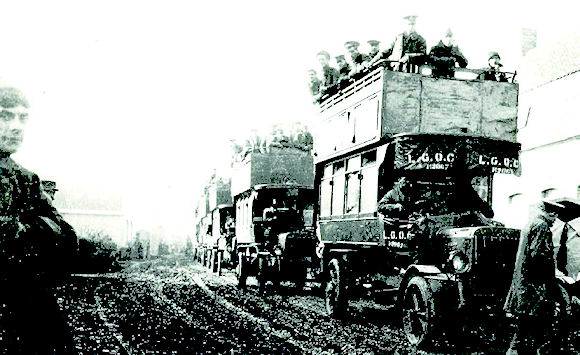
London Double-Deckers on the Way to the Western Front
A Bus for London
Developed by the London General Omnibus Company
(LGOC), the B-type was the first successful mass-produced
motor bus. Introduced in 1910, it was designed and built
in London. Within 18 months the LGOC had replaced its
entire fleet of horse-drawn omnibuses. By 1913 there
were 2,500 B-type buses in service, each carrying 340,000
passengers a year along the capitalís busy roads.
Birth of the Battle Bus
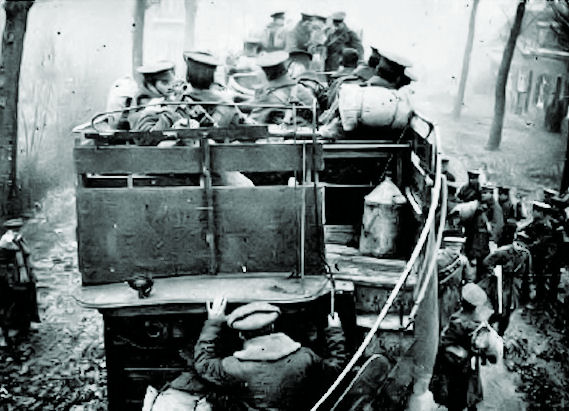
View from the Top
At the outbreak of the First World War in August 1914,
buses were commandeered for the war effort. Over
1,000 LGOC buses, one third of their fleet, were sent
to the front. Most went to France and Belgium, some
even as far as Greece. The buses served various roles. Many were used for
transporting troops to and from the front lines. They
were fitted with protective boarding and painted khaki.
Each vehicle could carry 25 soldiers and their equipment,
compared to 34 seated passengers in London. Some buses
were converted into lorries, others served as ambulances
or even mobile pigeon lofts. After the war, surviving buses
that could be repaired returned to the streets of London.
Impact on the Home Front
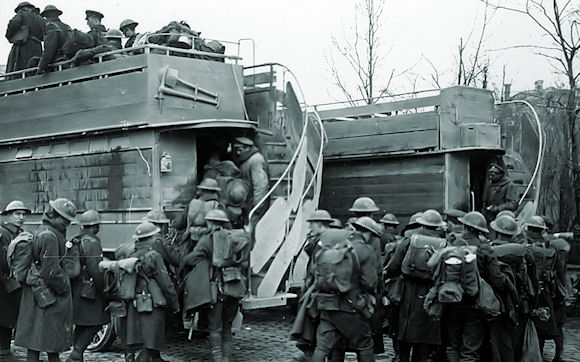
Note the Side Protection Added in 1915
Many drivers and mechanics were recruited for war service
along with their vehicles. This resulted in shortages of
both buses and staff on the home front. For the first time
women were employed as conductorettes and mechanics
to keep London moving.
The London Transport Museum's Battle Bus Project
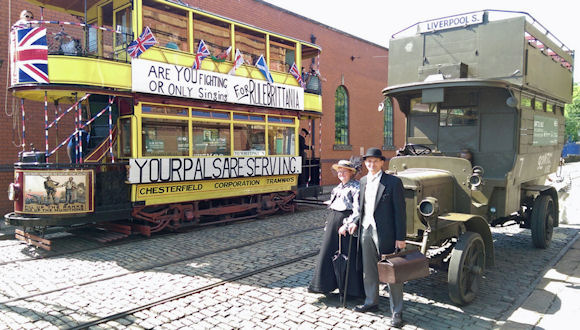
Battle Bus B2737 (Right), On Tour in 2014
Between 2014 and 2018 an authentically restored Battle Bus is taking part in
events in the UK, France, and Belgium. London Transport Museumís restored B-type bus, fleet
number B2737, served Route 9 between Barnes and
Liverpool Street from January 1914. When war broke out,
it was commandeered by the War Department. Returning
to London after the war still in khaki livery, about 250 of B2737 was
used as a "Traffic Emergency Bus" Ė an austere solution to
postwar bus shortages. In 1922 it was sold to the National
Omnibus & Transport Company for use outside London. The restoration was completed in June 2014.
After a busy 2014 summer attending events in original red and
cream LGOC livery, the bus was converted into a military
troop carrier and taken on a commemorative tour of the
Western Front.
|
|
|
Thanks to each and every one of you who has contributed material for this issue. Until our next issue, your editor, Mike Hanlon. |
|
 (Or send it to a friend)
(Or send it to a friend)
|
Design by Shannon Niel
Content © Michael E. Hanlon
|
|









